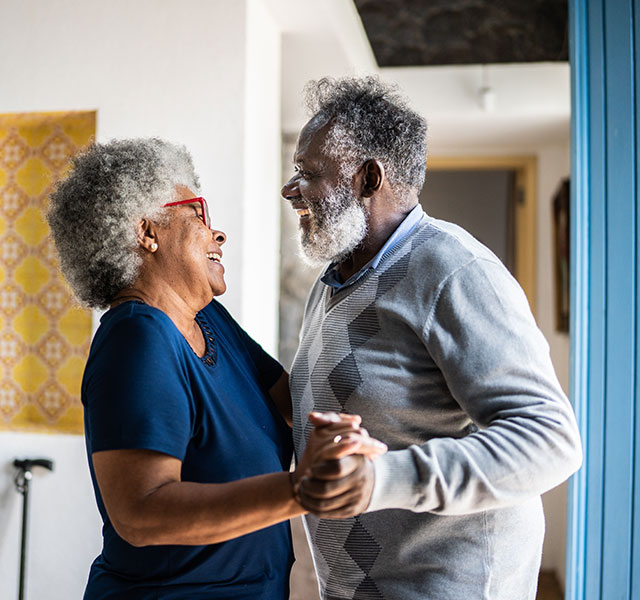Get the LiveWell newsletter!
The latest health and wellness news delivered monthly to your inbox.
Find Healthy Recipes
Get inspired to eat well with our collection of simple, delicious recipes.
Browse Now







